Sony’s PlayStation 4 Pro is a perfect way to show off your 4K TV
The PlayStation 4 Pro is a new breed of console. It’s not going to replace the original system. Instead, it’s meant to tide over gamers who’ve upgraded to new 4K TVs with fancy high-dynamic-range (HDR) lighting features. It’s a more significant step up than the Xbox One S, which is mostly centered around upscaling 4K content, but it’ll compete directly with Microsoft’s bigger console upgrade, Project Scorpio, next year. Welcome to the new era of gaming systems, which is beginning to resemble the world of PC games with a multitude of minor upgrades, rather than completely new system generations. (Nintendo, ever the iconoclast, is trying to do something both new and traditional with the Switch.)
There’s no doubt that the $399 PlayStation 4 Pro is the closest we’ve gotten to high-end PC-quality graphics on a home console. But the thing is, it’s not going to be a major upgrade for existing PS4 owners. And to really see the benefits of its faster hardware, you’ll have to wait for games to get upgraded. At the very least, though, it’s a welcome reward for anyone who’s held off on buying a PlayStation 4 until now.
Pros
- Best graphical performance in a console.
- Your existing games will get upgraded for free.
- Makes PS VR much smoother.
Cons
- Not a huge upgrade for existing PS4 owners with 1080p TVs.
- No 4K Blu-ray drive.
- You’ll have to wait for games to get patched to take advantage of it.
Summary
The PlayStation 4 Pro is the most powerful home console yet, though you’ll need a 4K/HDR TV to truly take advantage of it. If you already have a PS4 and are stuck with a 1080p, you can wait before upgrade.
Hardware
Take Sony’s original PlayStation 4 design, add another sharply angled layer on top, and you have the PlayStation 4 Pro. You could call it a triple-decker PS4. It’s a tad taller than the original, but otherwise they look near identical, with the same general shape and black plastic case. The PlayStation 4 Pro extends a bit farther back than before, likely in order to make room for both a larger power supply and more powerful components.
The PlayStation 4 Pro’s front buttons are physical, rather than touch-sensitive, and they’re separated now, with the power button on the far left and eject on the far right. (The original PS4’s buttons are incredibly tiny and located right above and below each other, which has led to plenty of frustration among gamers.) There are two USB 3.0 ports on the front, just like before, and an additional one in the rear. The latter is useful for connecting the PlayStation VR neatly without taking up one of the precious front USB ports.. Alongside the HDMI port is a standard power connection, an “Aux” output for the PlayStation camera, an optical audio port (which is notably absent from the PS4 Slim), and an Ethernet jack.
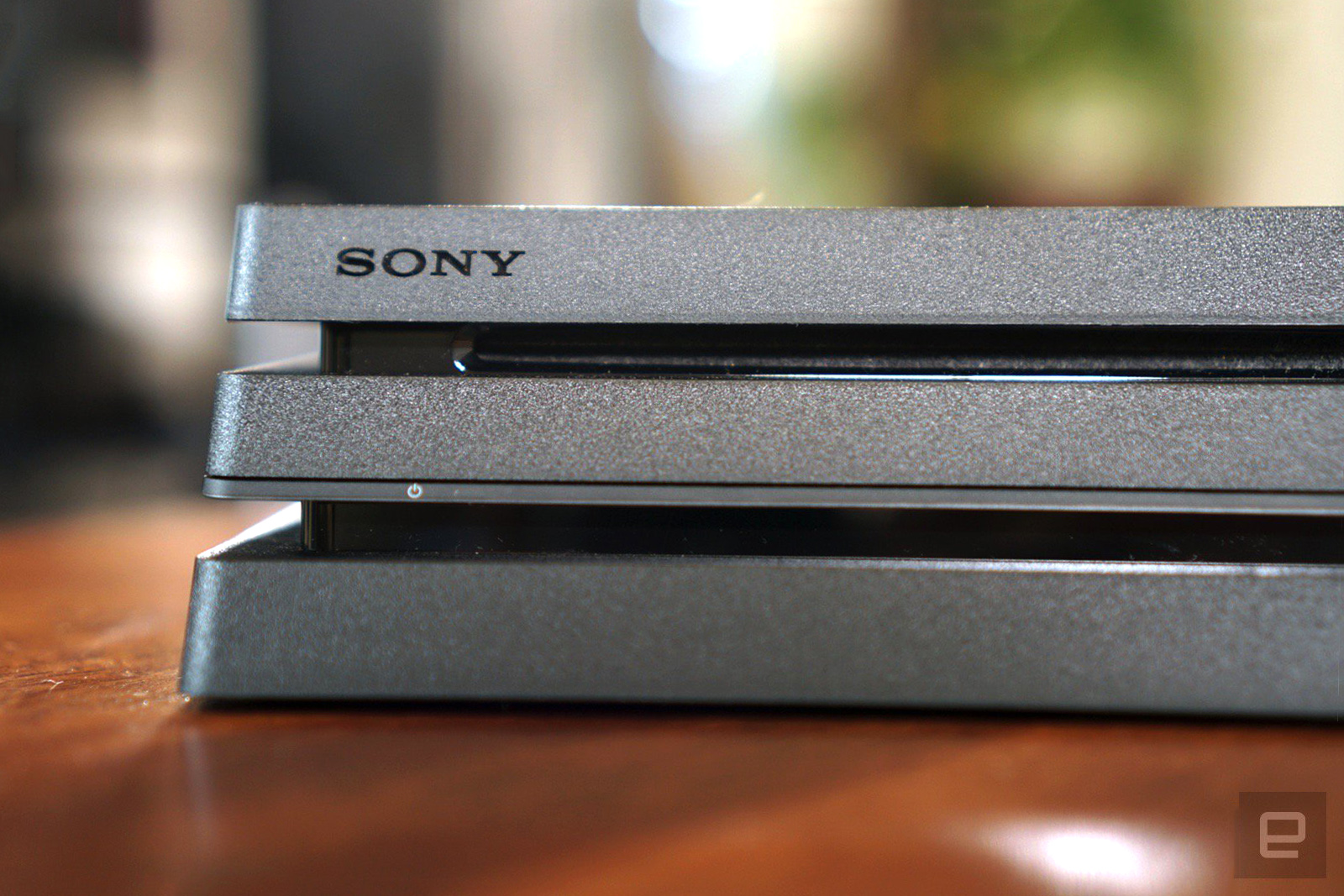
But forget aesthetics: What’s most important is what’s under the hood. And much of that is drool-worthy. The PS4 Pro packs in a speedier eight-core CPU; a new 4.2-teraflop AMD Polaris GPU that’s twice as fast as the original PS4; a 1TB hard drive; and 8GB of RAM. Just like the PS4 Slim, it also adds an 802.11ac 5GHz WiFi radio, which should make downloading games and large updates significantly faster. On paper, the PlayStation 4 Pro sounds more like a decent gaming PC than a console.
Sony’s revamped DualShock 4 also comes with the PS4 Pro, after first making its debut with the PS4 Slim. It’s functionally identical to the original controller, except the LED lighting from the front now carries over to a thin strip above the touch panel. That’s useful for figuring out things like which character you’re controlling in a multiplayer game. There are a handful of other minor aesthetic tweaks too, like using gray for the triggers and some buttons, but honestly they’re too minor to mention. If you’ve held a DualShock 4 before, you won’t feel much of a difference here.
While the PS4 Pro is packed to the gills with fresh hardware, there is one surprising omission: a 4K Blu-ray drive. That’s something the Xbox One S includes, and for $100 less than the PS4 Pro, too. Forgoing 4K Blu-ray is particularly surprising because Sony is one of the main backers of the Blu-ray format. It would be like Microsoft choosing to dump support for Word files in its next OS; it’s hard to fathom why they’d do it. Sony says it’s focusing on 4K/HDR streaming with the PS4 Pro (more on that below), but that doesn’t completely explain why it’s seemingly cutting off its own format at the knees. Did Sony forget that the PlayStation 2 was one of the big reasons DVDs took off so quickly?
In use
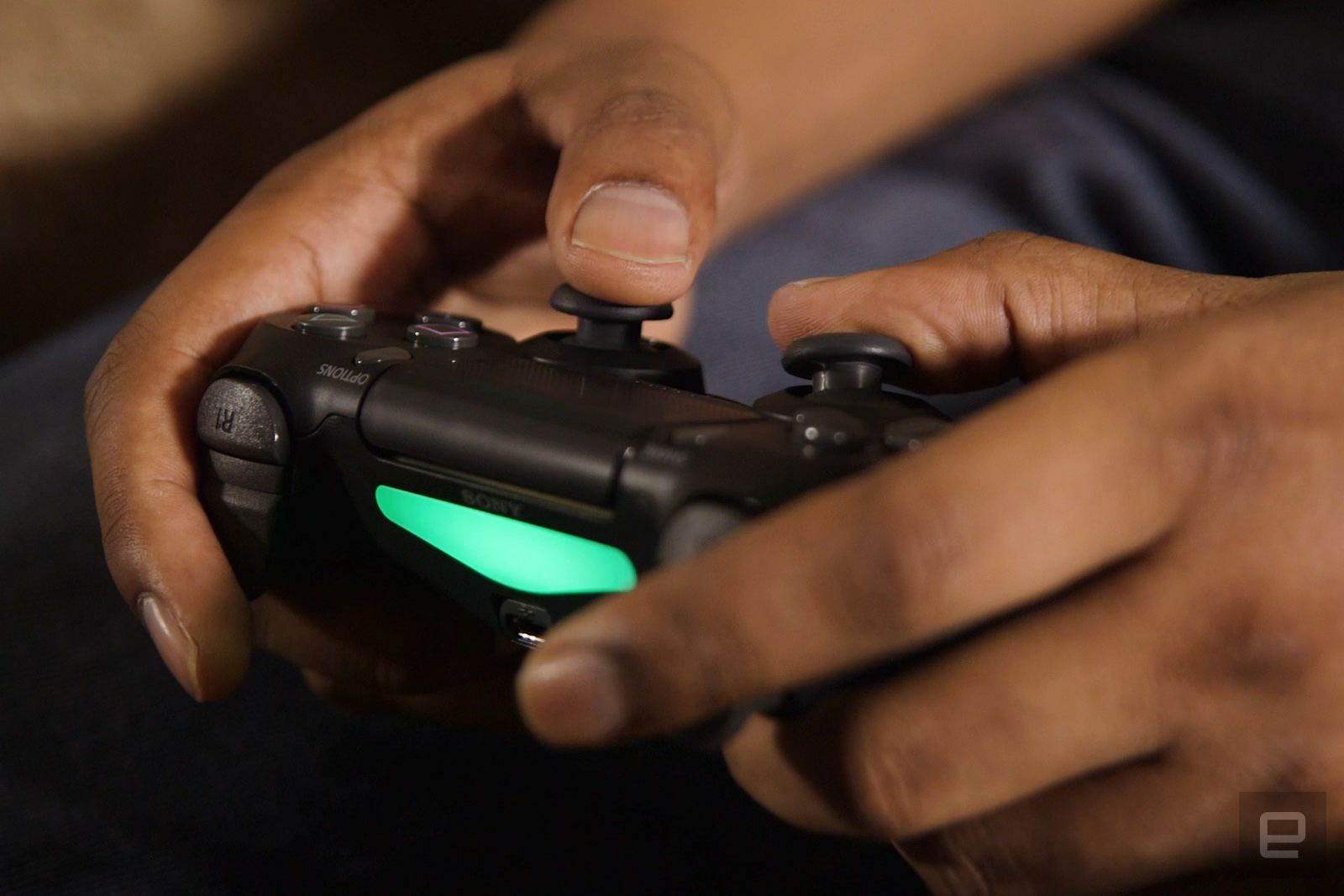
I’ve long argued that 4K isn’t something consumers should get too worked up about, at least not yet. But, in preparation for testing the PlayStation 4 Pro, I bit the bullet and purchased LG’s 55-inch B6 OLED TV. So, for once, I was actually excited about 4K. We’re also at the point where that format is finally beginning to make sense for mainstream consumers. 4K TVs are getting cheaper (I was astounded to find an OLED set under $2,000), there’s more high-resolution content out there, and HDR also makes a compelling case for upgrading (even more so than 4K itself).
Basically, it seems like we’ve finally reached a point where 4K isn’t just something being forced on us by TV makers. So it makes sense for Sony to jump aboard the bandwagon and introduce a console centered entirely around it.

I should also point out that I’m coming at this console after shifting much of my AAA gaming over to my PC. If I can get even better quality for the same price, and still pipe it conveniently to my living room from my PC, why would I choose a lesser console experience? Indeed, the PS4 Pro’s very existence seems designed to tempt PC gamers.
After excitedly connecting all of the necessary cables, I booted up the PlayStation 4 Pro and honestly I was a bit disappointed just to see the same old PS4 home screen. It makes sense for Sony to avoid fragmenting its software too much, but still, I’d like something to indicate it’s different. Then I started playing some games that were upgraded to support the new console and my mood changed considerably.
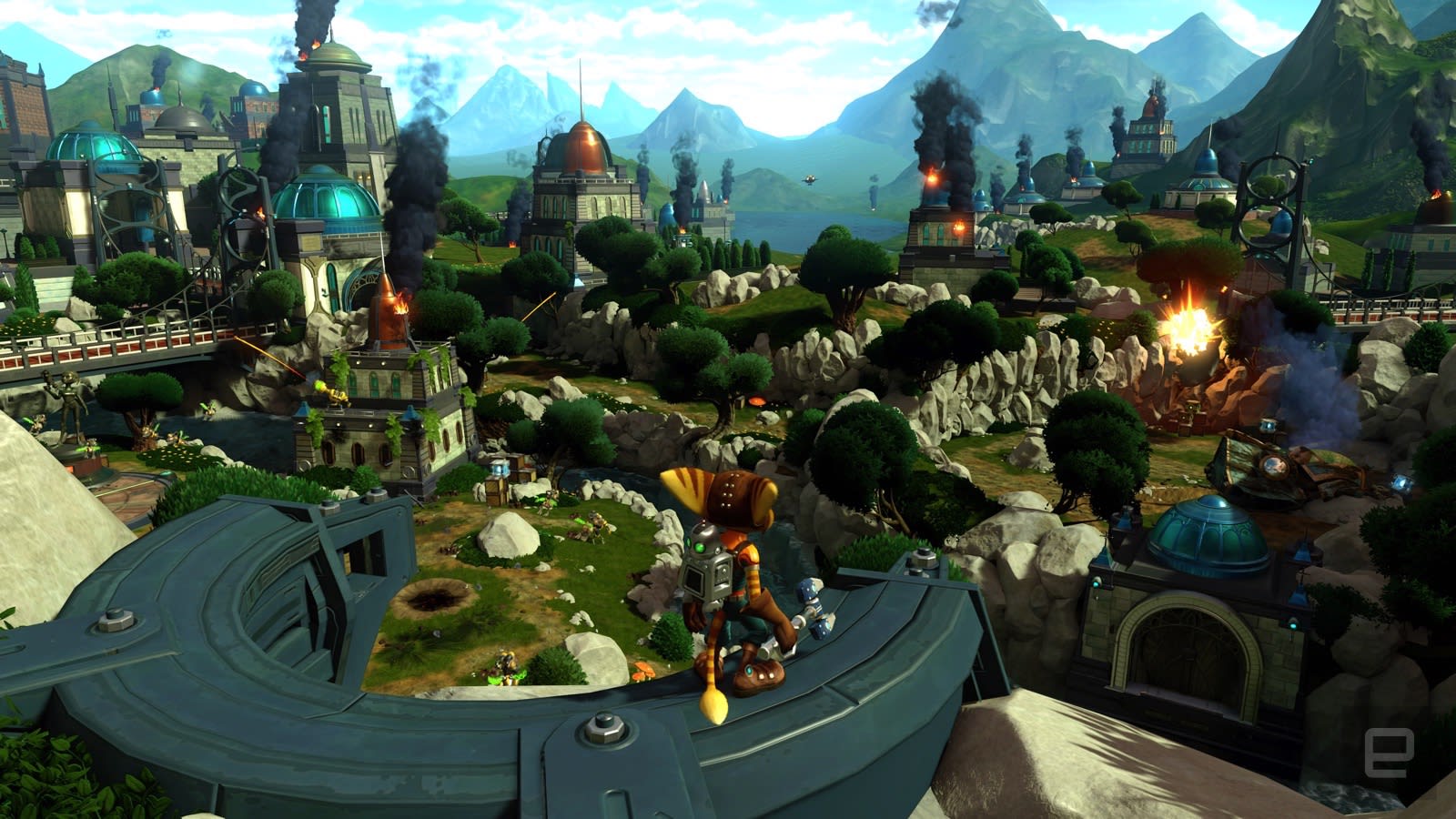
The games
I started off with The Last of Us: Remastered, a game that I know well after playing through it on the PS3 and a bit on the original PlayStation 4. It’s one of the first titles to get patched for the new console, an upgrade that adds an HDR mode and general improvements to make it hit 60 frames per second more consistently. While that might not sound very exciting, it means there’s a much bigger visual change here than a mere resolution bump. On supported TVs, HDR leads to higher contrast, greater color definition and much deeper blacks than we’re used to.
The Last of Us: Remastered is already an incredible-looking game, but the addition of HDR breathes new life into its environments. You can pick out more depth in the clouds and post-apocalyptic fauna, and pointing the camera at the sun makes it seem almost eye-searingly bright. It’s a good change, for the most part, though it sometimes made environments seem artificially oversaturated with color. I didn’t really notice much of an overall performance upgrade either, but there might be some evidence of that later in the game. On my 1080p plasma TV, I didn’t notice any difference playing the game on the PS4 Pro versus the original console.
Sony is leaving it up to developers to figure out ways to tap into the PS4 Pro’s power. For the most part, devs will include some combination of rendering games at a higher resolution than 1080p, packing in more visual effects and delivering a smoother overall experience. As I’ve reported before, most PS4 Pro titles won’t render natively at 4K, though that’s not something you should get too hung up on. Running at something like 1440p (2K) with more graphical bells and whistles should still lead to much better-looking games than on the original PS4. Wisely too, Sony isn’t allowing developers to charge for PS4 Pro support.
Infamous Second Son lets you choose between playing in a higher resolution than 1080p or getting better overall performance. And I quickly noticed that I’d much rather have the game running at higher frame rates. Smoother gameplay suited Infamous‘s fast, action-heavy setup more than a resolution bump. Unfortunately, though, the game also seemed to slow down quite a bit whenever I tried to play in the higher-resolution mode.
You’ll have a similar set of choices in Rise of the Tomb Raider. You can either have it run at higher frame rates in 1080p; get more visual effects at 1080p and 30 fps; or run the game in 4K at 30 frames per second. Again I leaned toward the non-4K options. What most impressed me was that the game looked like I was running it off of a PC, no matter which mode I chose. Tomb Raider’s HDR support in some ways made it seem even more impressive than on PCs. The environments simply “popped” a bit more; things like the sun bouncing off snow and flames throughout the game seemed realistically bright, and character models were lit more dramatically.
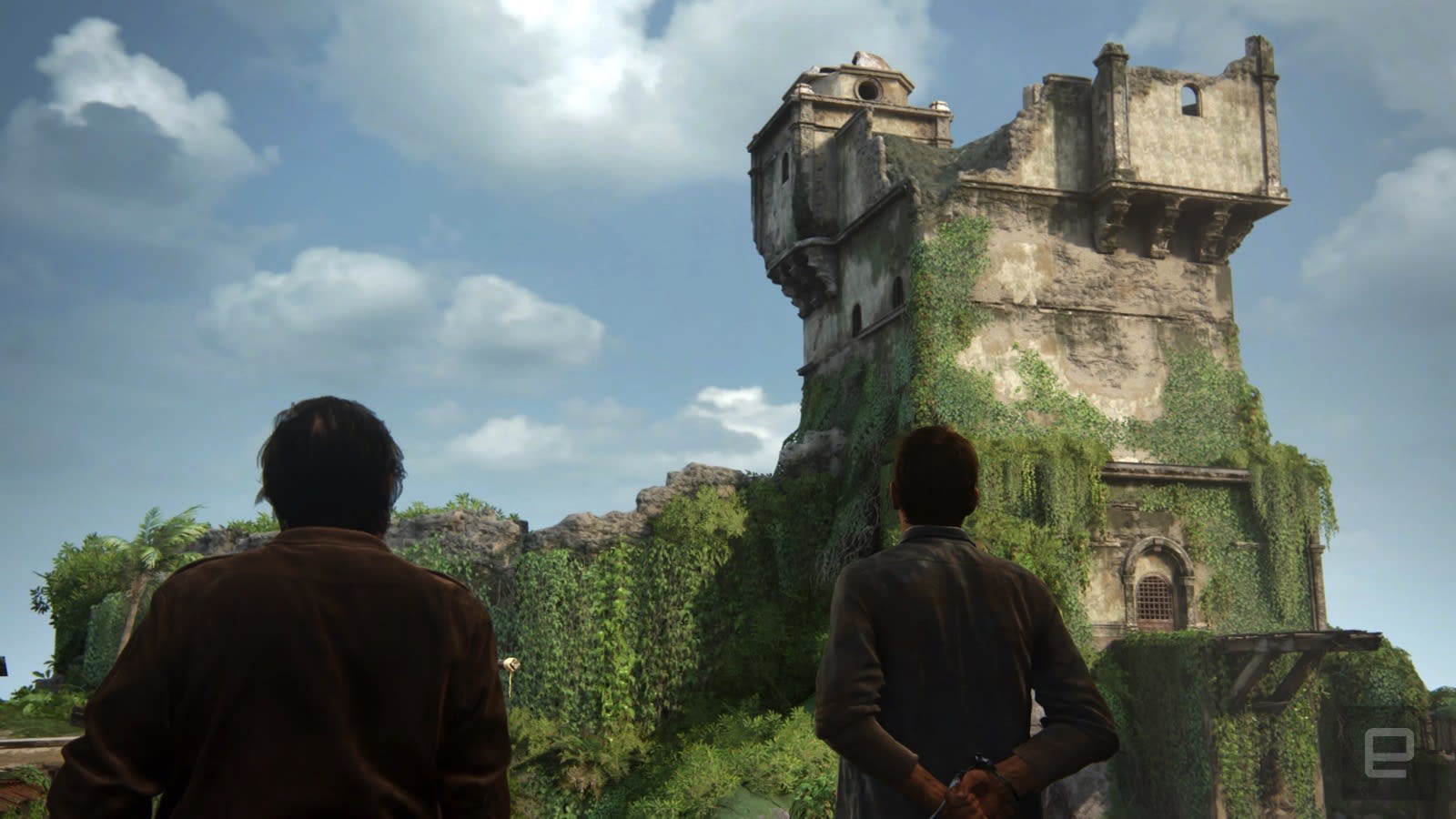
When it comes to PlayStation VR, the PS4 Pro has even more potential to be useful. VR is the sort of thing where any hardware upgrade could improve your experience considerably. I was able to test out the console only in Sony’s PlayStation VR Worlds, but I noticed that the environments and characters were all sharper, and frame rates seemed generally smoother. It didn’t seem to improve head and hand tracking much, but the upgrades make PSVR seem like a more viable competitor to PC-powered VR moving forward.
One peculiar issue: You can’t run PlayStation 4 Pro games in HDR while the PSVR is connected. Sony’s VR system relies on a passthrough box that apparently can’t handle an HDR signal. That could be a huge inconvenience to many gamers, since it means you’ll probably have to constantly connect and disconnect the PS VR box whenever you’re using it.
While Sony is also positioning the PlayStation 4 Pro as something players with 1080p sets can enjoy, it doesn’t seem worth an upgrade for those consumers yet. You’ll notice the better graphics in games like Rise of the Tomb Raider, but you won’t see any of the HDR benefits. And I just have a hard time recommending a $400 upgrade for minor performance improvements. If you’re a 1080p TV owner who plans to upgrade to 4K eventually, it’s still worth waiting on the PS4 Pro, since it’ll probably be cheaper by the time you get a new TV.
4K media
So how do you get 4K video content when there’s no 4K Blu-ray player on the PlayStation 4 Pro? For now, mainly through Netflix and YouTube. Sony said it’s pinning its hopes on 4K streaming taking off in the future, though, strangely enough, it hasn’t yet announced plans to bring the technology to the PlayStation Store. The company recently launched a 4K streaming store for its latest Bravia TVs, but I wouldn’t be surprised to see that reach the PS4 Pro eventually. Both Amazon and Vudu also have healthy libraries of 4K content, but they haven’t yet upgraded their apps for the PS4 Pro.
The competition
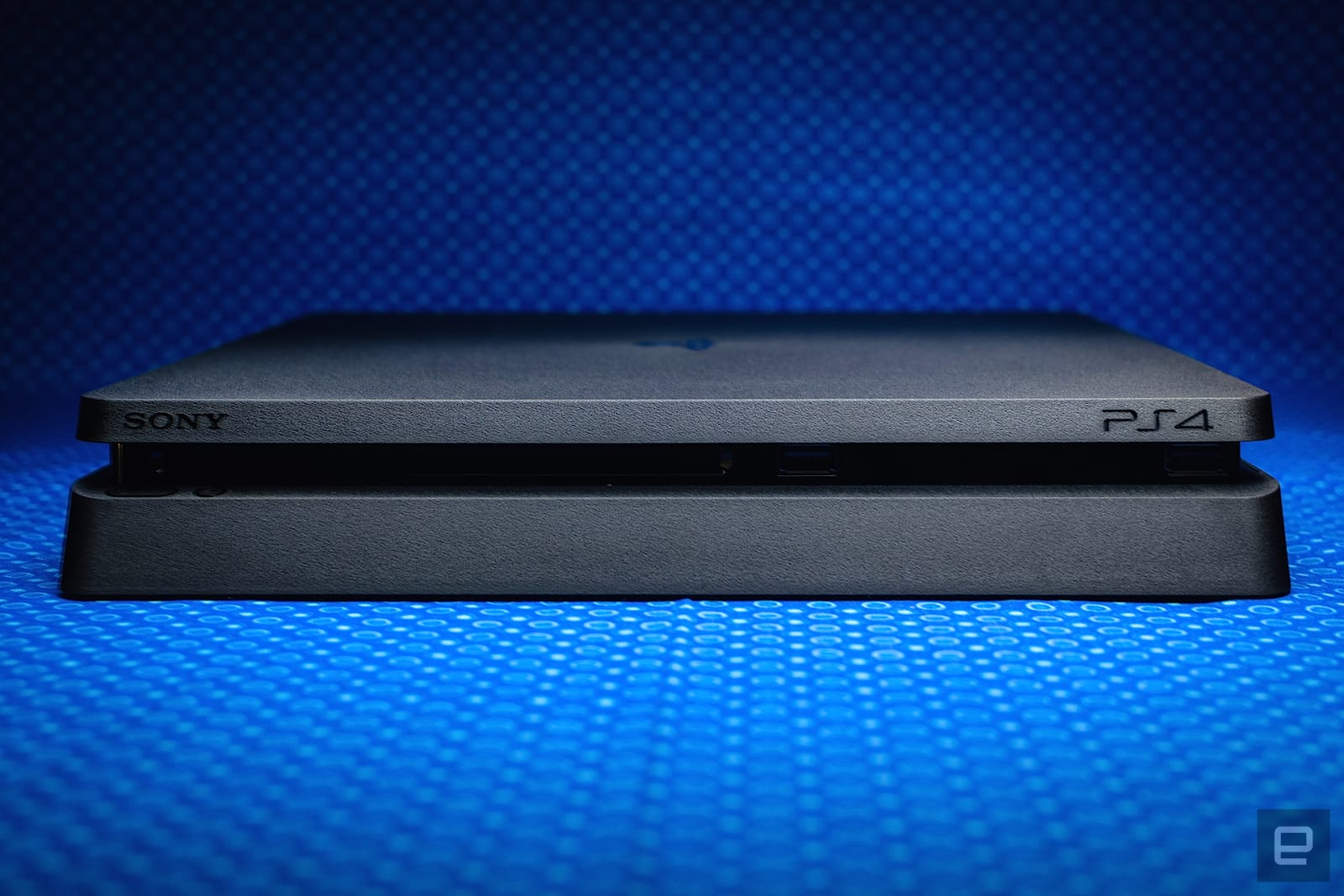
There’s no doubt about it: The PS4 Pro’s greatest competitor right now is … the PlayStation 4. You might be able to find a decent discount on the original model, and I wouldn’t be surprised to see the Slim discounted for Black Friday. At normal pricing, though, the PS4 Pro is only $100 more than the PS4 Slim. It makes sense to pay a bit more now to future-proof your investment, rather than just settle for an underpowered console you might end up replacing sooner. Complicating things even further, Sony has also enabled HDR on all PlayStation 4 models, which makes it less of a must-have feature for the Pro.
Honestly, the PS4 Pro doesn’t really have direct competition until Microsoft’s next-gen “Project Scorpio” console debuts next year. That system will have an even more powerful 6-teraflop GPU, which could potentially allow developers to reach 4K more easily. Still, it’s hard to get too excited for Scorpio until we know more about it.
You might also consider a decent gaming PC instead of the PS4 Pro, but you’ll probably have to spend closer to $700 to get something that can handle today’s games. And of course, you’ll be out of luck if you’re interested in Sony’s exclusives. But if you can afford it and you care about graphics quality, a PC will deliver the best gaming experience.
Wrap-up
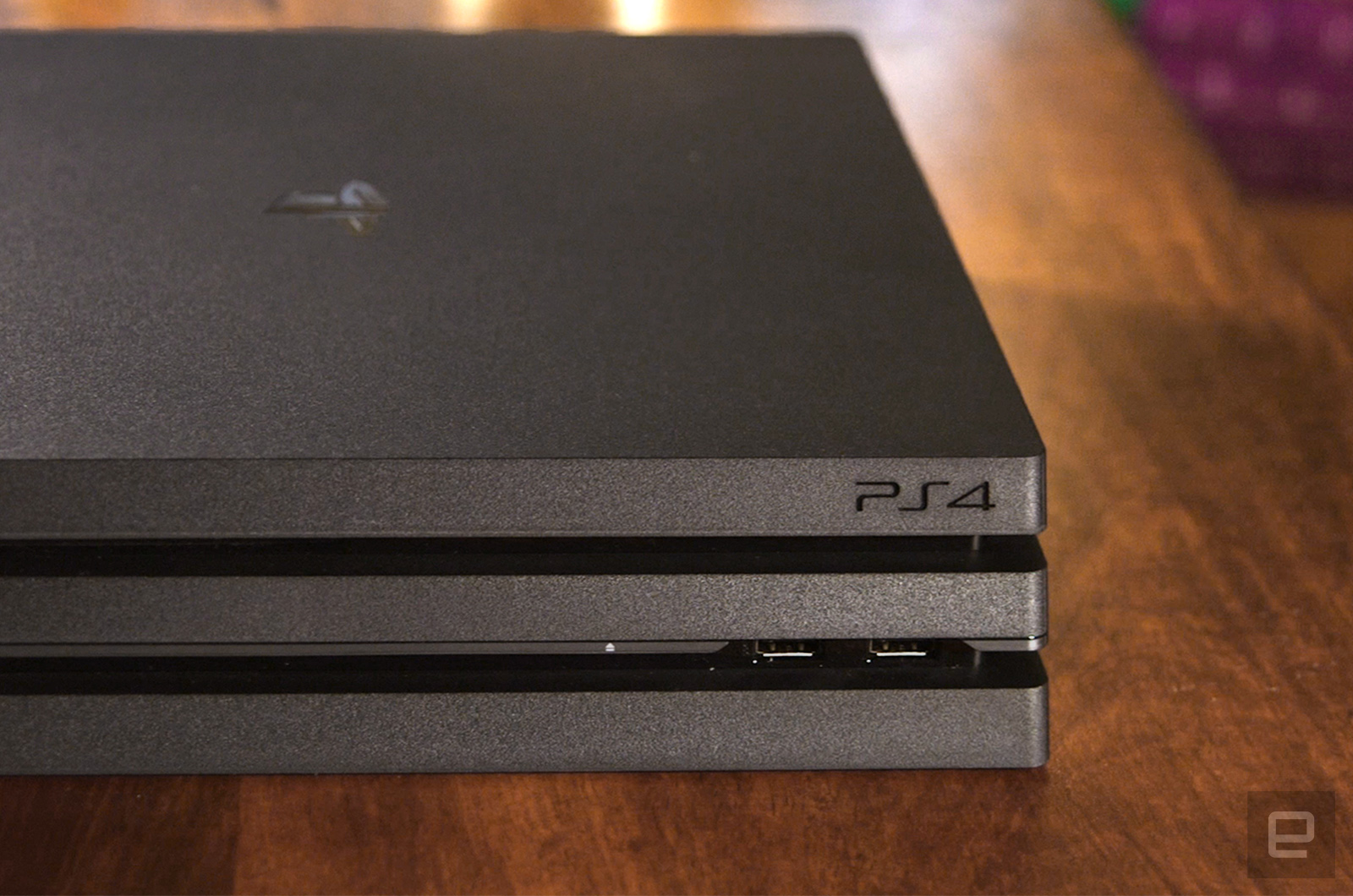
So who is the PlayStation 4 Pro actually meant for? After testing it out for the past week, I’d say it’s for people who haven’t yet bought a PS4 and want to show off their fancy new 4K/HDR sets. And of course, there are the hardcore gamers who will snap up any piece of hardware that promises to be faster. Most consumers are better off waiting until more games get patched for the new system, and until Sony figures out its 4K media strategy.
(148)
















